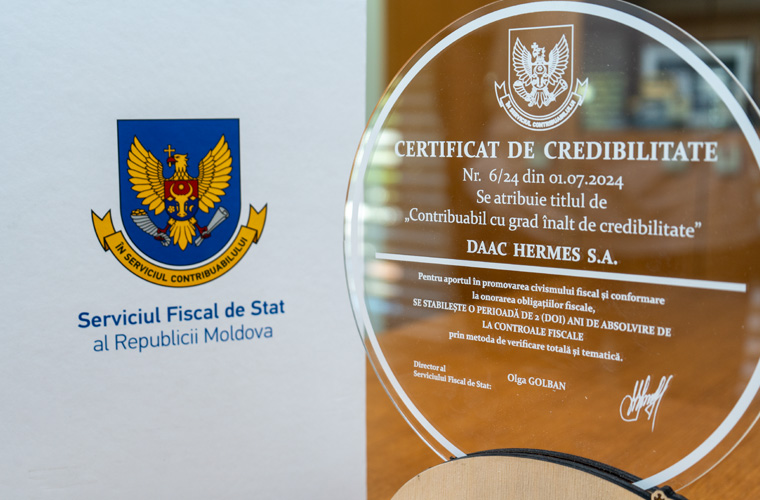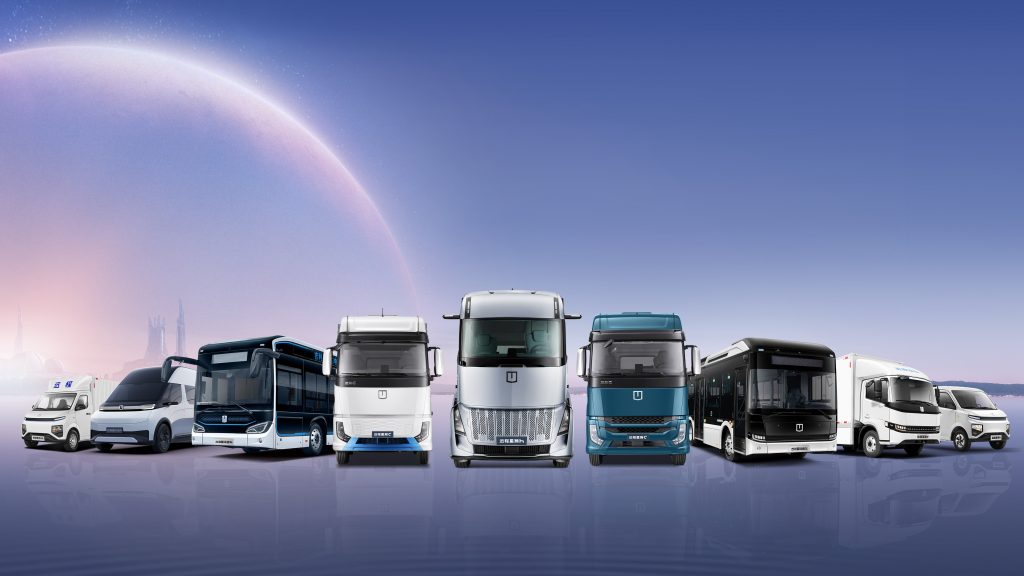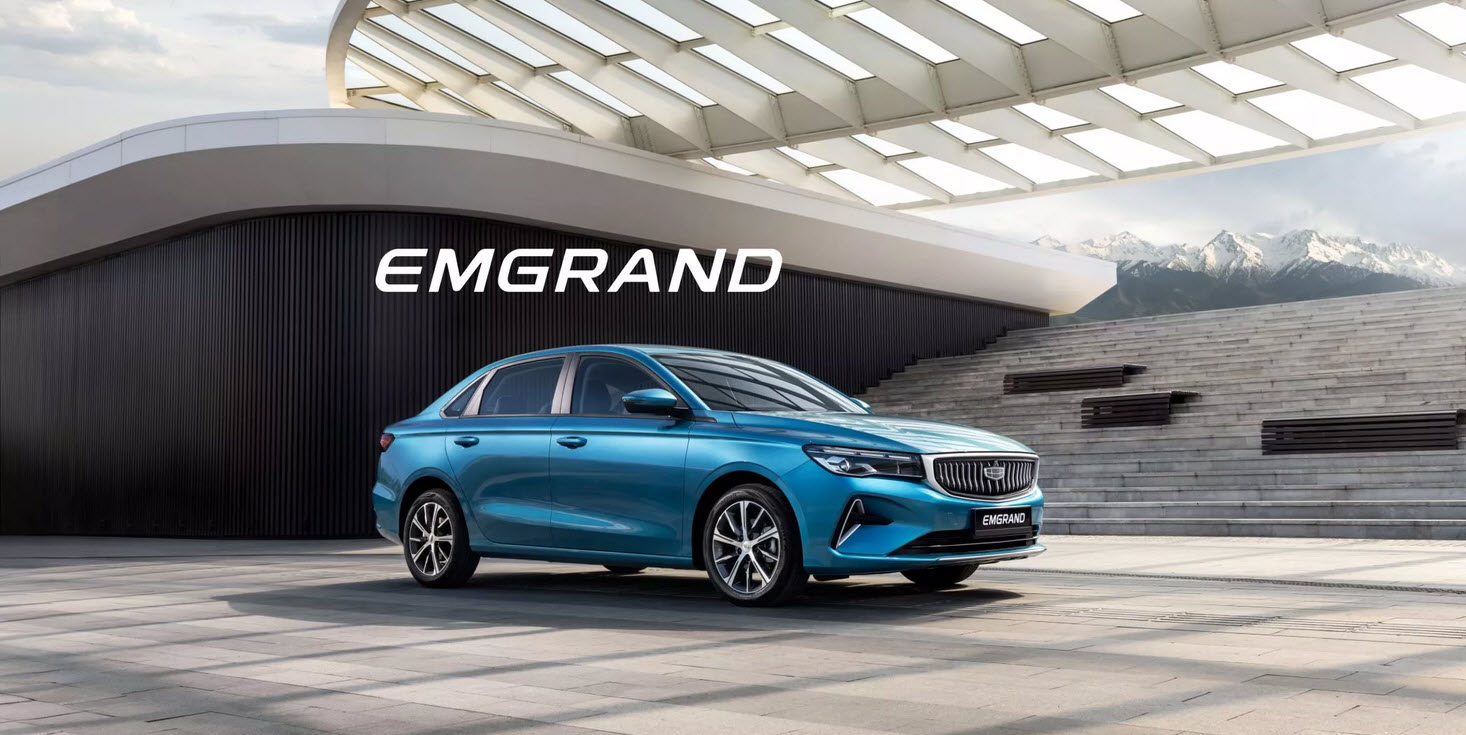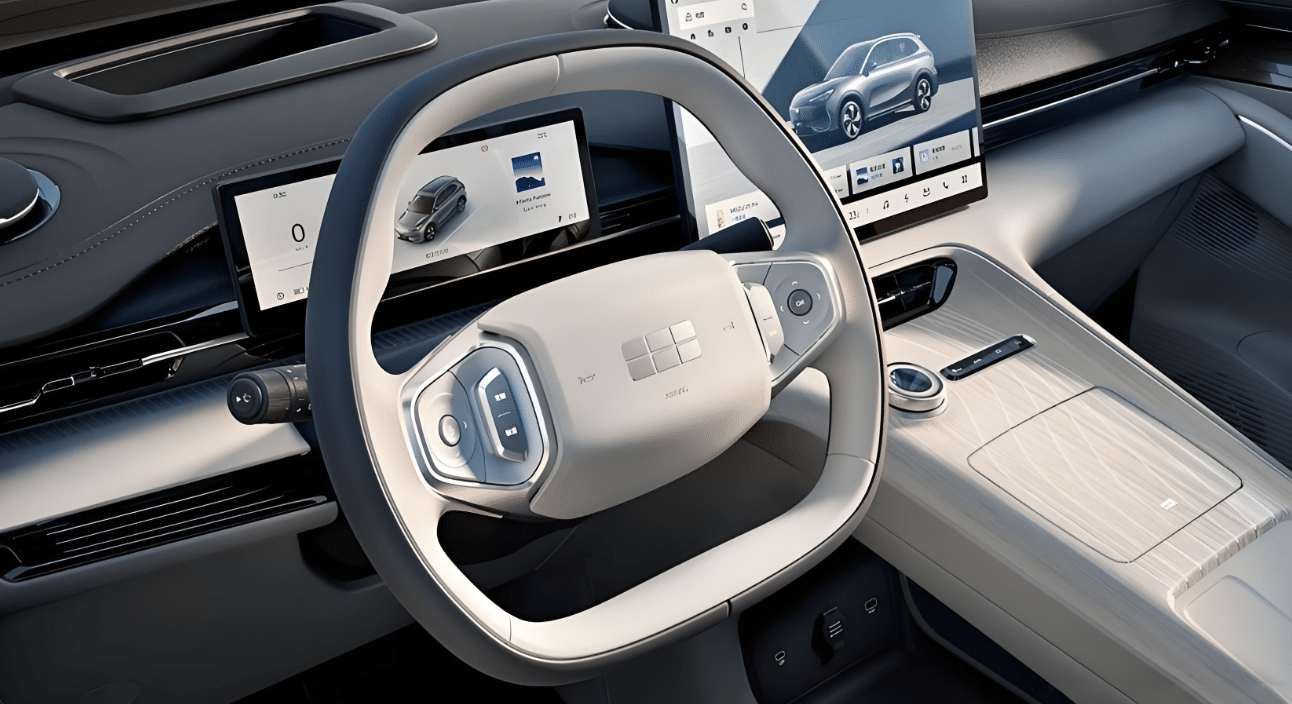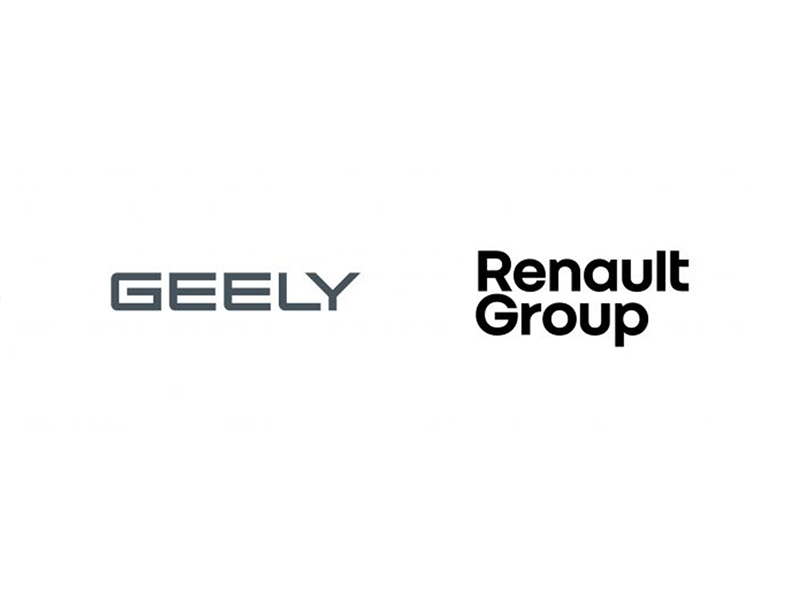The ŠKODA KODIAQ has achieved the maximum rating for safety. The European New Car Assessment Programme (Euro NCAP) has awarded the Czech manufacturer’s large SUV the highest possible rating of five stars, thereby certifying that the ŠKODA KODIAQ offers optimum protection for all those on board. Occupant protection for adults and children, pedestrian protection and safety assistance systems are all assessed in the Euro NCAP test. After the ŠKODA models OCTAVIA, FABIA, RAPID, CITIGO, YETI and SUPERB, the KODIAQ is the seventh model produced by the long-established Czech manufacturer to have been awarded the maximum safety rating. The 5-star rating reflects the high standard of the safety systems developed by ŠKODA.
“Euro NCAP is one of the most demanding safety tests. We are therefore proud to have achieved the best result,” says Christian Strube, ŠKODA Board Member for Technical Development. “The ŠKODA KODIAQ has a long list of innovative technologies and clever solutions on the board. We have increased the passive safety, despite the body shape itself making a major contribution to the safety. In addition, we have expanded the advanced assistance systems so that accidents can be avoided to an even greater extent.”
Euro NCAP awarded an excellent rating of 92 percent for occupant protection of adult passengers. In the side-barrier collision test, the ŠKODA KODIAQ even achieved full marks for good protection of all vulnerable areas of the body at a risk of injury. The high degree of protection for the cervical spine in the event of a rear-impact collision was also praised. Euro NCAP particularly mentioned the good operation of the standard emergency brake system, which works well at low speeds – as is typical when driving in the city – and also prevents almost all collisions at motorway speeds. As well as protecting its occupants, the ŠKODA KODIAQ also protects pedestrians. Euro NCAP awarded maximum points for the protection to pedestrians’ legs that the bumper offers. Good ratings were also given for pelvis and good or adequate protection for a large proportion of the head area.
The safety equipment of the ŠKODA KODIAQ leaves nothing to be desired. The car’s enormously rigid body with up to 9 airbags provide excellent protection in the event of an accident, with a driver and front-seat passenger airbags, side airbags in the front, curtain airbags, driver´s knee airbag and side airbags in the rear. Alongside part of the standard equipment are three-point seat belts with belt tensioners and the ISOFIX system for attaching children´s seats at the rear seats. Functions also include automatic activation of the hazard lights in the event of emergency braking, automatic door unlocking and activation of the warning hazard lights and interruption of the fuel supply in the event of a collision. If a collision is imminent, the proactive occupant protection system Crew Protect Assist closes the windows and sunroof, and tensions the front seat belts. Following an accident, Multi-Collision Brake prevents the car from continuing to travel in an uncontrolled manner.
In addition, the ŠKODA KODIAQ is fitted with numerous cameras as well as radar- and sensor-based systems. The Front Assist feature including City Emergency Brake and the Pedestrian Monitor helps to prevent accidents involving pedestrians. The four cameras of the Area-View system show what is happening in the area directly surrounding the SUV. The Manoeuvre Assist and Rear Traffic Alert systems provide assistance when visibility is restricted and warn of hidden dangers.
With Adaptive Cruise Control, Lane Assist, Blind Spot Detect, Emergency Assist, Traffic Jam Assist and Traffic Sign Recognition, ŠKODA offers further important safety assistance systems. Driver Alert is no exception. The fatigue detection system monitors the driver’s behaviour and warns the driver if it detects fatigue.
Euro NCAP is an association of European transport ministries, automobile clubs and insurance federations based in Belgium. It carries out crash tests with current car models and then rates the safety of the car based on the safety systems available. Euro NCAP was founded in 1997. During its initial period, the association assessed only crash tests. Now the rating of the active safety systems is also evaluated in the overall rating.


